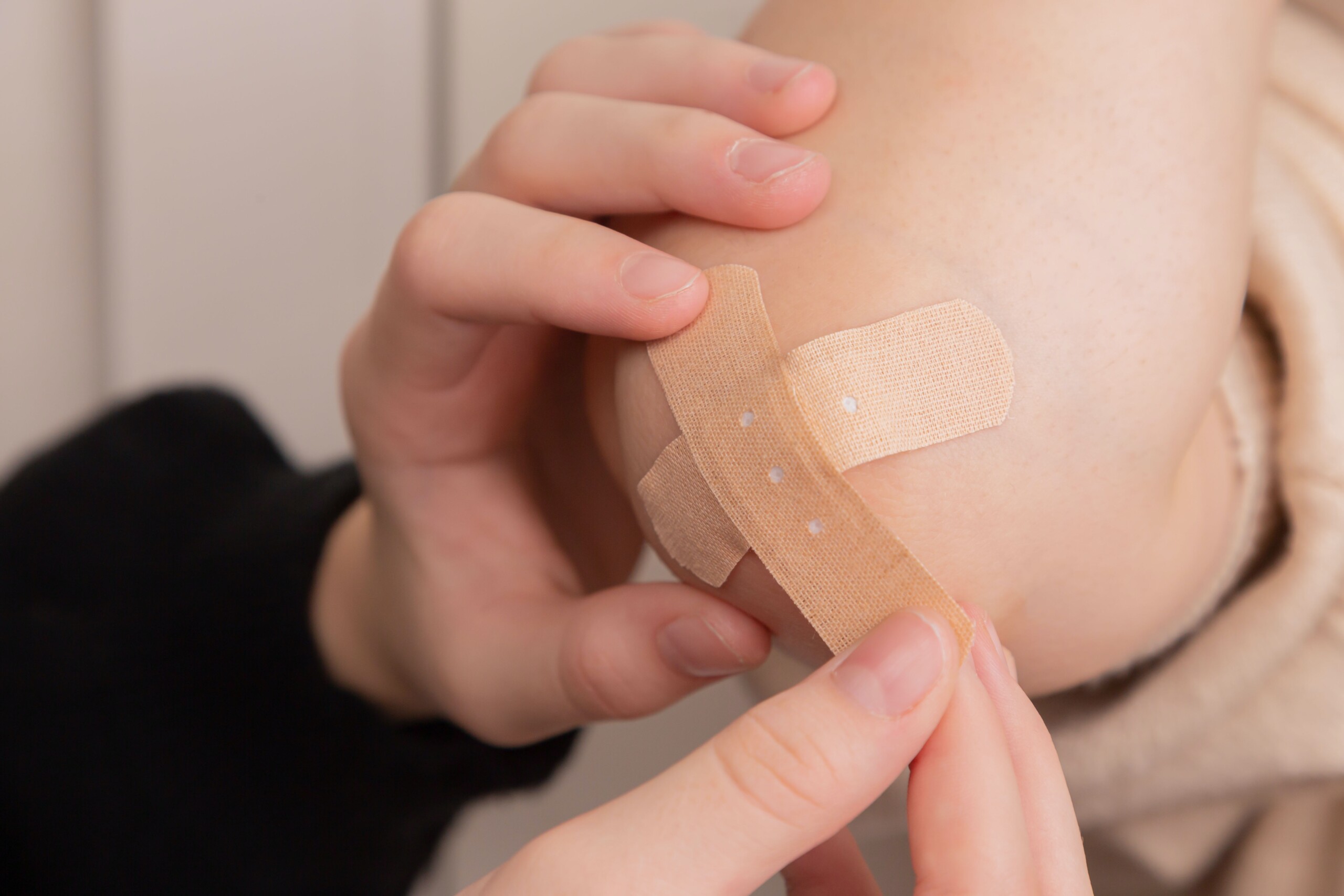Surfing is not just a sport; it’s a lifestyle. However, like any physical activity, surfing comes with its own set of risks, and understanding how to avoid common surf injuries is essential for a safe and enjoyable ride.
- Understanding Common Surf Injuries: Surfing engages various muscle groups and requires balance, making it prone to specific injuries. Some common surf injuries include:
- Sprains and strains
- Cuts and abrasions
- Surfer’s ear
- Dislocations and fractures
- Overuse injuries
- The Overuse Conundrum: Overuse injuries are prevalent among surfers due to the repetitive nature of paddling, popping up, and riding waves. These injuries often affect shoulders, elbows, and knees. To combat overuse injuries, consider the following tips:
- Proper Warm-up and Stretching: Before hitting the waves, take the time to warm up your muscles with dynamic exercises and follow it up with targeted stretches for the shoulders, arms, and legs.
- Cross-Training: Engage in off-season activities that complement surfing, such as swimming, yoga, or strength training. This helps build overall fitness and reduces the risk of overuse injuries.
- Gradual Progression: Avoid pushing your limits too quickly. Gradually increase the intensity and duration of your surf sessions to allow your body to adapt and strengthen over time.
- Protective Gear for Injury Prevention: Investing in the right gear can significantly reduce the risk of injuries. Consider the following protective measures:
- Wetsuits and Rash Guards: Protect your skin from cuts and abrasions by wearing appropriate wetsuits and rash guards. These not only shield you from the elements but also offer an additional layer of protection.
- Surfer’s Ear Prevention: To prevent surfer’s ear, which is caused by exposure to cold water and wind, use earplugs to keep your ears protected without compromising your hearing.
- Technique and Body Mechanics: Proper surfing technique is crucial for injury prevention. Pay attention to your body mechanics, such as posture, paddling technique, and how you pop up on the board. Seek guidance from experienced surfers or take lessons to refine your skills.
- Listen to Your Body: Perhaps the most critical aspect of avoiding surf injuries is to listen to your body. If you experience pain or discomfort, take a break and allow your body to recover. Ignoring warning signs can lead to more severe injuries and longer recovery times.
Surfing is undoubtedly a thrilling and rewarding activity, but it’s crucial to prioritize safety and injury prevention. By understanding common surf injuries and adopting smart practices, you can continue riding the waves with confidence and minimize associated risks.






